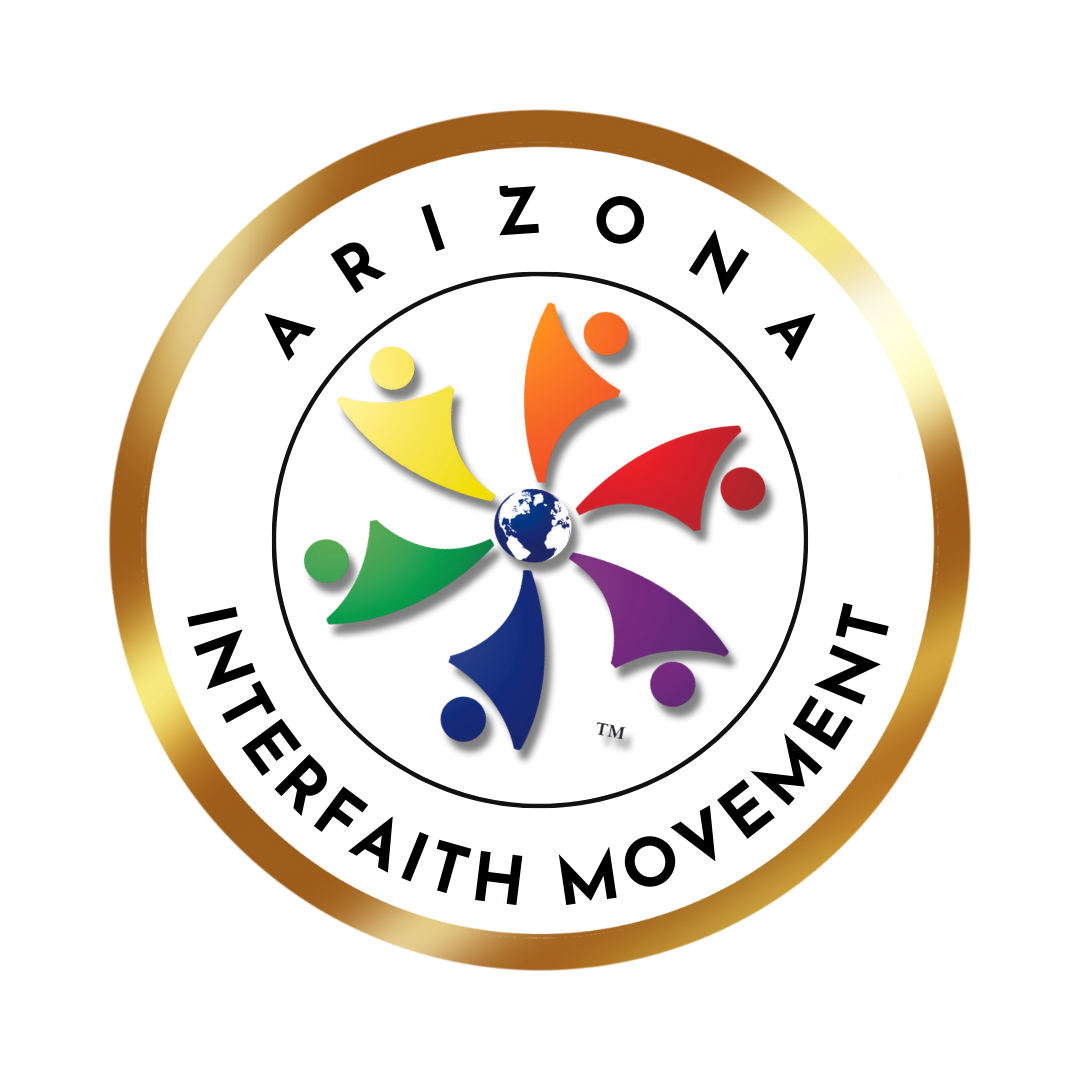Diwali helps light up the world
Born into a Hindu family, growing up in different parts of India, and working full-time in the United States while raising a family of three children to adulthood, is an unforgettable and enriching experience of a lifetime! Exhausting? Ay e !
Hailing from India, I have often wondered, “How does a land so rich and diverse in socio-cultural traditions, clothing, languages, dialects, religious customs, and rituals manage to keep its religion alive for 5000 years? How do its people stay relevant in the 21st century, and yet remain connected to its ancient heritage?”
The secret sauce most likely includes: the existence of innumerable temples and places of worship; stories and legends of yore reenacted through dance, drama, and music performances; and the celebration of myriad religious festivals celebrated throughout the year. In jest, people would say, “every day is a festival for someone, somewhere across the length and breadth of India!” Interestingly, that holds true with the Hindu population currently spread across the globe.
However, the “Festival of Lights” known as “Diwali or Deepavali” is best known worldwide and is unique! This “victory of good over evil” festival has been celebrated over a period of several days, for the past 5000 years. The beauty of the festival lies in its ubiquity throughout the north, south, east and west of India. Yet communities from different regions maintain a distinct flavor to the festivities through their special customs and rituals. Clay lamps or “diyas” lit in homes, workplaces, and temples, “Rangoli” artforms, eating delicious regional foods, and lighting firecrackers at night brings cohesion within and across communities. Unity in diversity is certainly brought to action during this festival!
In the South, the first day of “Deepavali” marks the destruction of the demon king Narakasura by Lord Krishna, who freed the 16,000 women being held as prisoners by the demon king. The second day, Balipadyami, celebrates Lord Vishnu, who came in the form of a dwarf sage and dispatched another demon king Bali to the netherworlds. On this day, people take an oil self-massage which is symbolic of relieving the body of the stress of the battles.
In the North and the West, “Diwali” is a five-day celebration. Day one of Diwali dedicated to Lord Dhanvantari the Healer, celebrates the knowledge of Ayurveda or the “science of healing” given to mankind. The next day is Narak Chaturdasi or Choti Diwali, the day Lord Krishna destroyed the demon Narakasur. Goddess Lakshmi is worshipped on the third day, to receive the blessings of wealth and prosperity. It is also the day when Lord Rama returned to Ayodhya after defeating Ravana, the demon king. The fourth day is dedicated to Lord Krishna, who carried the mountain Goverdhan on his little finger. He protected the people of Mathura from the torrential rains that were caused by the wrath and fury of Lord Indra. And finally, Bhai Duj is the day dedicated for brothers to visit their sisters to bond with them and build strong family relationships. In the East, Goddess Lakshmi and Kali are worshipped.
Regardless of the name of the festival, diverse Hindu sub-communities come together to maintain family relationships and build friendships. As the younger generations of Hindus boldly embrace the progress of the 21st century and beyond, it will be important for them to stay connected to their own ancient, rich, cultural, and spiritual heritage as well. Concurrently, learning to respect, understand, and engage in cross-cultural, interfaith dialogue with other faith traditions will help the youth be well-rounded, global citizens, who are poised to make the world a better place.
Anita Rangaswami is Hindu representative and board secretary of the Arizona Interfaith Movement. [Click here for bio]

Faith Matters
Anita Rangaswami Special to the Arizona Republic

Powered by TECNAVIAPART OF THE USA TODAY NETWORK Copyright © 2020 The Arizona Republic 11/25/2020

